Effective collaboration and seamless information sharing are vital for a business environment’s success. SharePoint, Microsoft’s powerful collaboration platform, offers a wide range of features and benefits that can transform the way organizations work. In this blog, we will explore the remarkable advantages and capabilities of SharePoint, highlighting how it can enhance productivity, streamline processes, and foster better teamwork. Whether you’re a small business or a large enterprise, SharePoint has something to offer. Let’s dive in and uncover the potential of this exceptional platform.
Centralized Document Management
One of the key benefits of SharePoint is its robust document management capabilities. With SharePoint, you can create a centralized repository for all your documents, ensuring easy access, version control, and secure storage. SharePoint allows users to collaborate on documents in real-time, making it simple to edit, review, and track changes. Additionally, SharePoint’s integration with Microsoft Office Suite enables seamless editing and sharing of files, enhancing productivity and eliminating the hassle of multiple versions of documents.
Efficient Team Collaboration
SharePoint promotes effective team collaboration by providing a unified platform for communication, sharing, and task management. Teams can create dedicated sites, known as SharePoint Team Sites, where members can collaborate on projects, share files, and communicate effortlessly. The integration of SharePoint with Microsoft Teams further enhances collaboration, enabling teams to chat, conduct virtual meetings, and collaborate on documents within a single interface. SharePoint’s intuitive interface and features like discussion boards, calendars, and task lists foster better teamwork, boosting productivity and ensuring everyone is on the same page.
Streamlined Business Processes with Workflow Automation
SharePoint’s workflow automation capabilities revolutionize business processes by eliminating manual tasks and streamlining workflows. With SharePoint’s built-in workflow designer, organizations can automate repetitive processes, such as document approvals, content publishing, and task assignments. Workflow automation reduces errors, accelerates processes, and enhances overall efficiency. SharePoint’s integration with Power Automate (formerly Microsoft Flow) allows for even more advanced automation scenarios, connecting SharePoint with various other applications and services.
Customization and Extensibility
SharePoint’s versatility extends beyond its out-of-the-box features. Organizations can customize SharePoint sites to match their unique needs and branding. SharePoint supports the development of custom workflows, web parts, and extensions, allowing businesses to tailor the platform to their specific requirements. Additionally, SharePoint’s integration with Microsoft Power Platform provides low-code tools for building custom business applications and automation solutions. This flexibility empowers organizations to adapt SharePoint to their evolving needs and leverage its capabilities to their fullest extent.
SharePoint offers a multitude of benefits and remarkable features that empower organizations to collaborate effectively, streamline processes, and unlock their full potential. From centralized document management to workflow automation, SharePoint enhances productivity, improves communication, and provides valuable business insights. Whether you’re looking to optimize team collaboration, automate workflows, or analyze data, SharePoint is a powerful platform that can revolutionize the way your organization works. Embrace SharePoint and embark on a journey of improved efficiency, enhanced collaboration, and accelerated growth.
SharePoint delivers robust data analysis and business intelligence tools, which provide a good foundation for understanding business performance. However, to tap into deeper, more specialized insights, additional analytics tools, such as Cardiolog Analytics, become necessary. While SharePoint’s integration with Power BI does allow for the creation of interactive dashboards, reports, and data visualizations, these out-of-the-box analytics might not suffice for more specific needs. Cardiolog Analytics complements SharePoint by covering those more nuanced analytical requirements, enhancing data connection capabilities and facilitating more thorough, customized reports. With these advanced analytics tools, users can gain an even more complete understanding of their data, leading to more precise and informed decision-making.



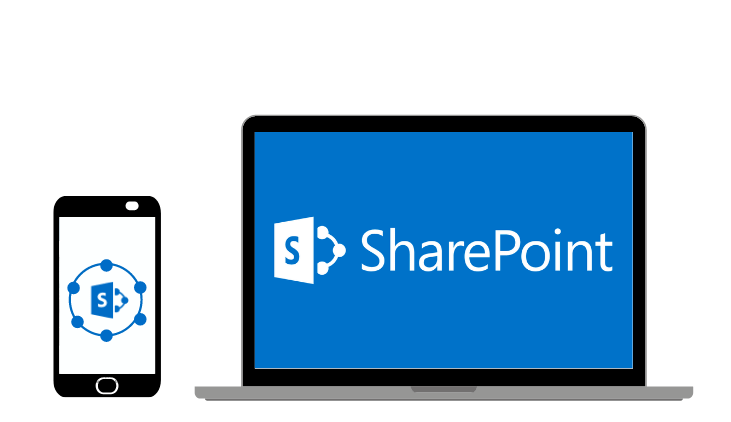


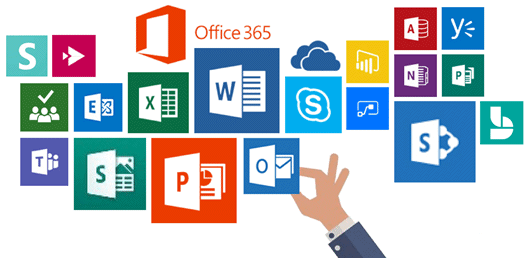
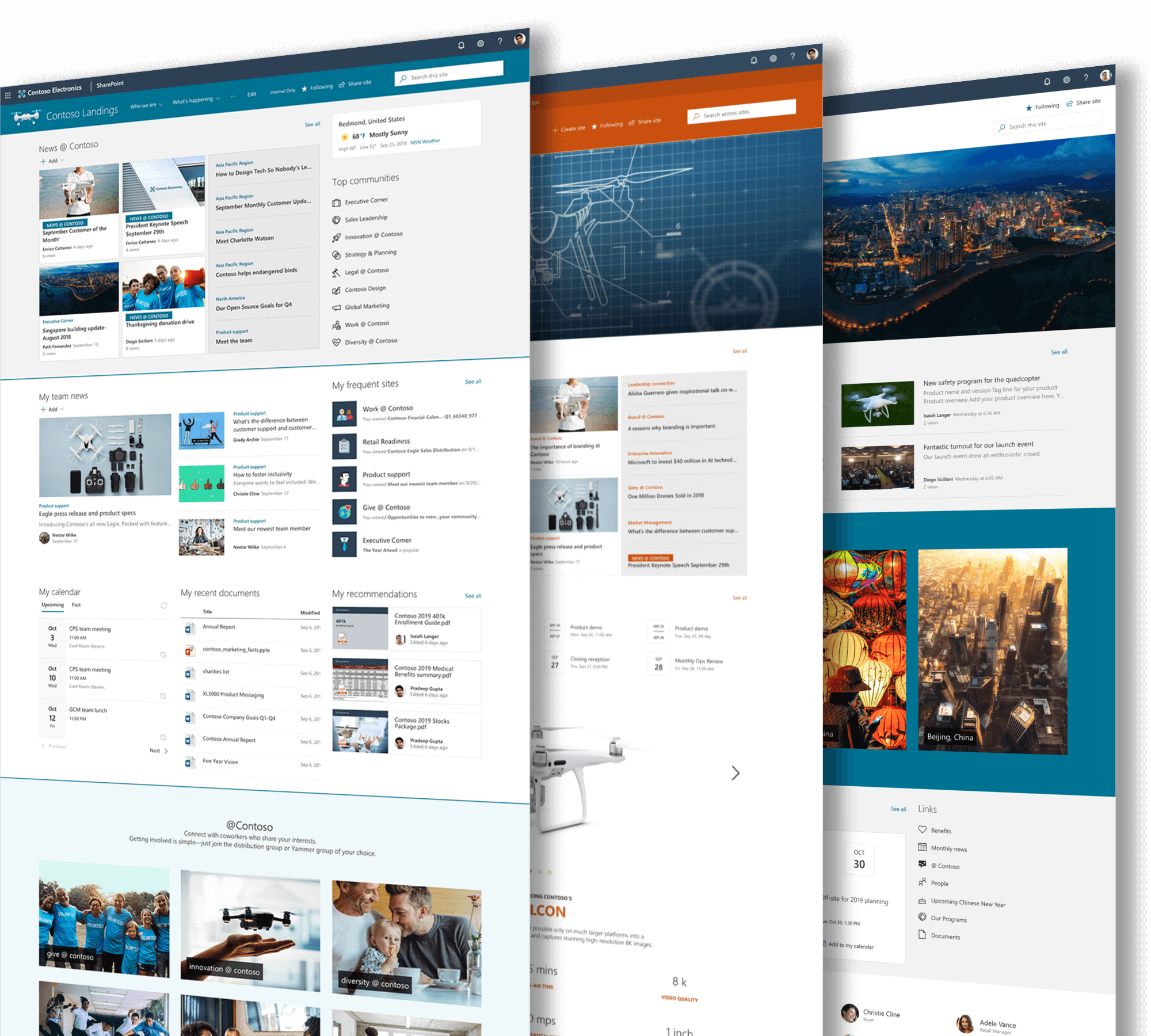



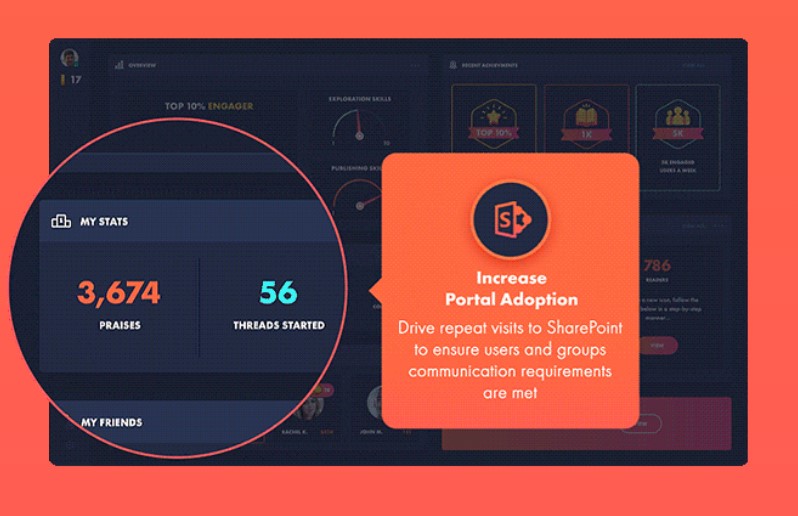
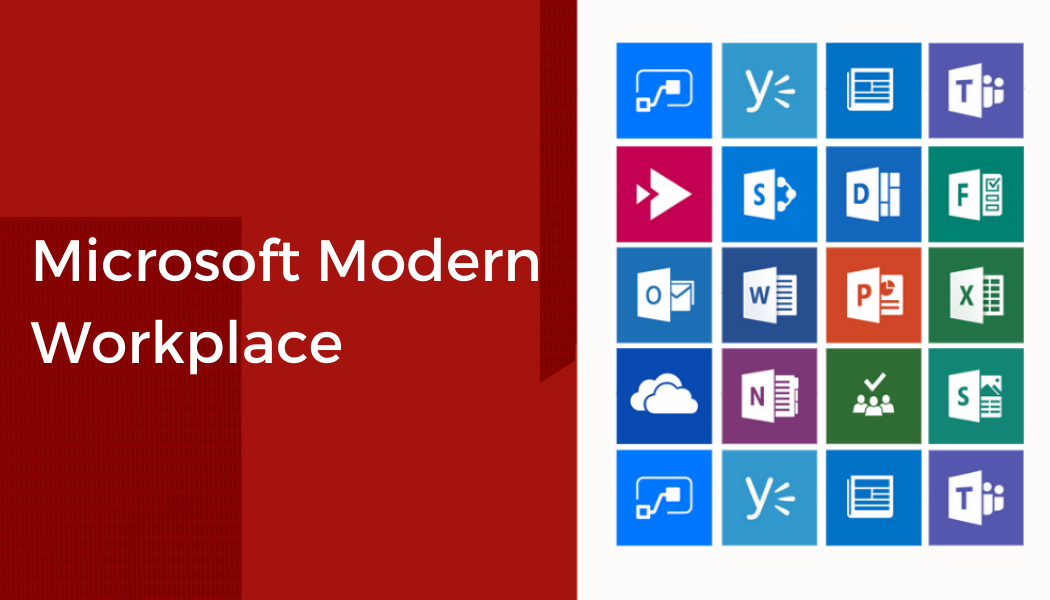

 Follow @cardiolog
Follow @cardiolog 